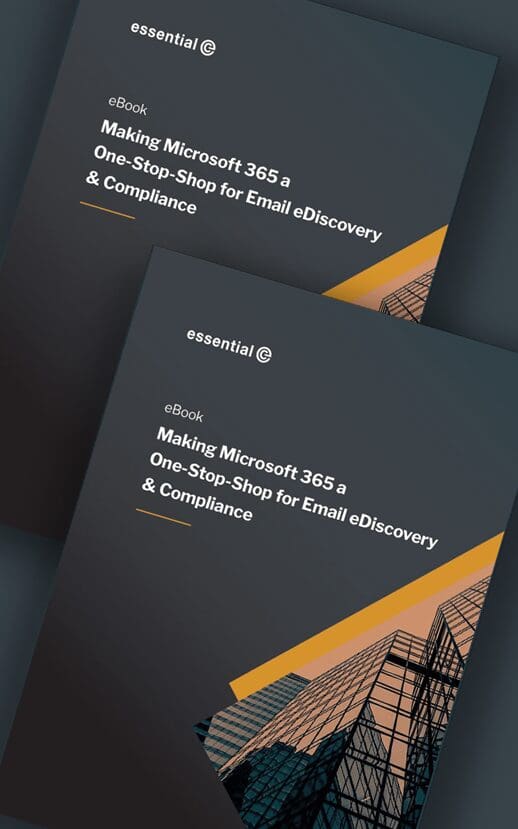Azure Archiving
Email storage – we’ve all been on quite a journey!
First you needed an archive to give Exchange some ‘breathing room’. Native Exchange just wasn’t up to the job of holding so much email, especially if you wanted to switch on journaling to be compliant, which many of you did.
Back then, storage wasn’t so cheap, so as your archive grew over the years you needed some nifty hierarchical options for controlling costs, along with retention management – oh – and a proper eDiscovery tool to be able to cope with evolving regulations.
Then your archive got cumbersome and expensive to run and you wanted to switch to a different one and take everything to the new archive.
We made sure we were there for that eventuality…
Now you’re going all ‘cloud’ on us and have purchased Office 365. Unsurprisingly, you want to take your email archives – including your journal archive – to the cloud too.
You don’t ask for much do you?!
When it comes to moving journals to Office 365 we all seem to be facing the same challenge – mostly stemming from the fact that although you can write to a journal service in Office 365, you can’t actually keep a journal mailbox as you know it, in Office 365.
The ‘new way’ to capture and retain emails in Office 365 is on a per-user basis, whereby switching on In-Place Hold ensures every email sent and received is retained (even if the user deletes it).
Getting your legacy Journal into this new model is like fitting a square peg into a round hole. We’ve seen it done though.
Products like TransVault’s curiously-named Compliance Time Machine allow you to redistribute your old journal messages into individual user mailboxes in Office 365. It’s a pretty involved process but certainly an option for those happy to manage compliance in Office 365.
Others have looked at splitting out their existing journal archives into smaller chunks and moving them into regular Office 365 mailboxes. This solves the problem of getting the old data in there, but risks such mailboxes being excluded from eDiscovery and it might put you on rocky ground with Microsoft licensing.
The other challenge is sheer size. We’ve been on this archiving journey with many of you for over 10 years in which time your Journal archives have grown exponentially. So much so, that Office 365 throttling is preventing a timely migration.
So we’ve been looking at other ways we can help you take your Journal archive into the cloud – and we’re pleased to let you know that we’ve found one: Hubstor.
Hubstor is an archive service hosted in Microsoft Azure.
It delivers a secure place in which to store your legacy Journal archive, and continue running your journal (via an SMTP feed from Office 365).
We think you’ll like it because:
We think you’ll like it because:
- It’s a managed service that’s scalable on demand.
- You can host it in your own Azure Tenant or Hubstor’s.
- Search is fast and easy for non-IT compliance people to use.
- It uses compression and tiered storage to keep your costs low – vital if you’ve many years’ worth of data and leavers emails to retain.
- It’s subscription-based with no exorbitant exit fees if you want to move on (as with other cloud solutions that offer Office 365 journal services).
Email storage – Now you’re going all cloud
We’d love to know what you think, so get in touch for a demo.















